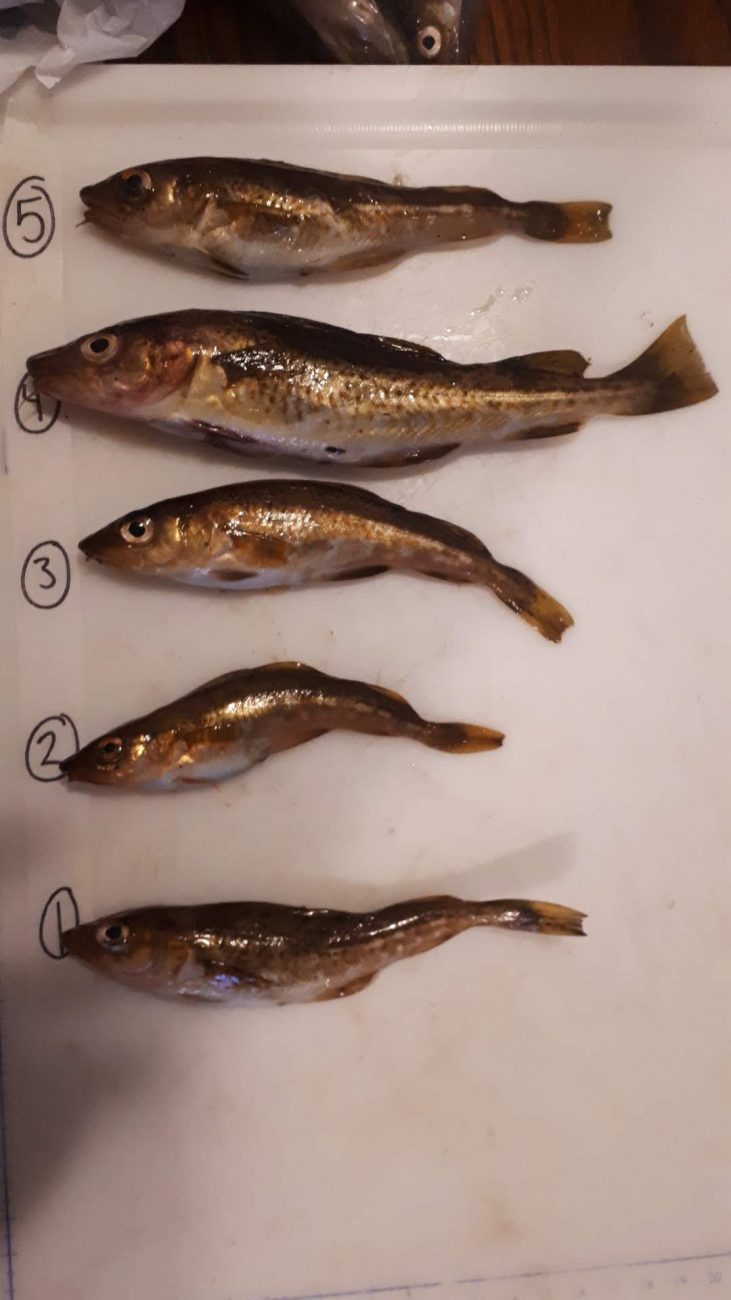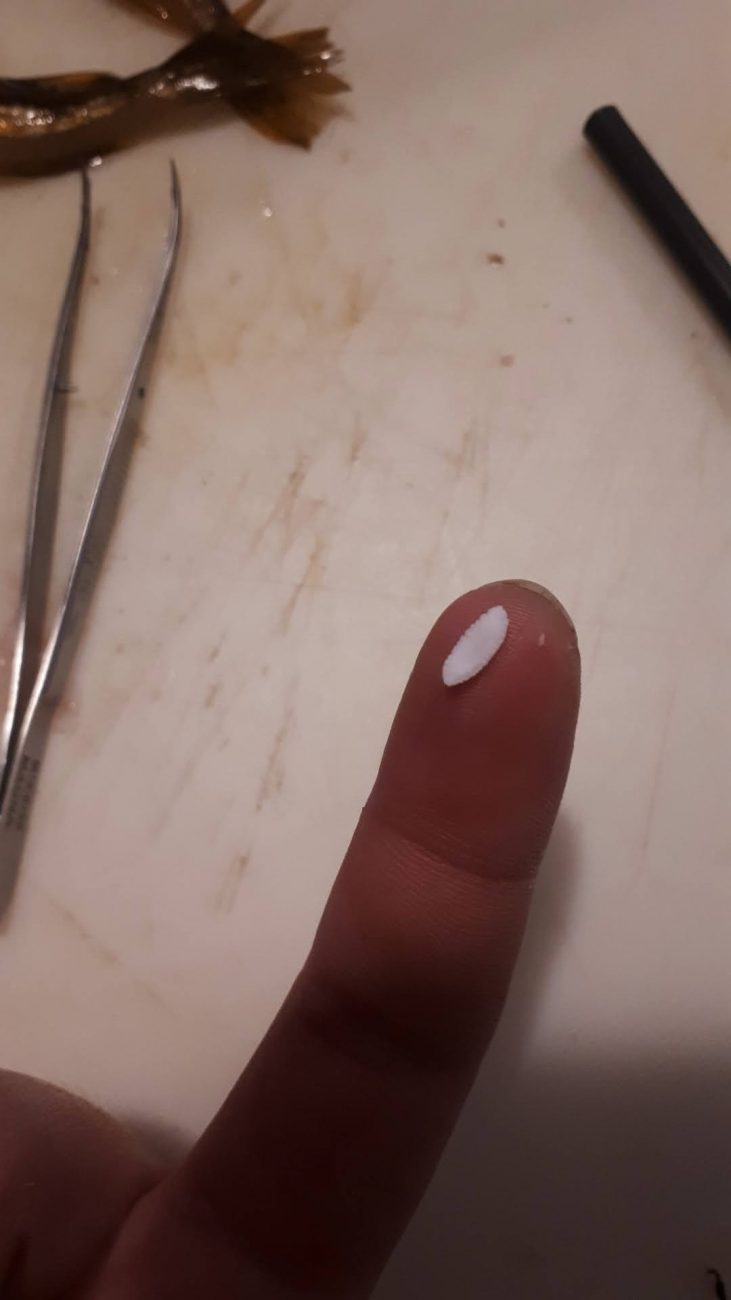
There’s No 20-20 Foresight In a 2020 Field Season
Valesca de Groot
December 12, 2020
Oh, beloved fieldwork. A chance to get our hands a little dirty, and reconnect with the beautiful nature that inspires and fuels our work. And, of course, shy away from that eternally frozen manuscript draft on our monitors. But, fieldwork has its own challenges: sometimes it’s gusting winds, others, a peculiar absence of the target species; or heck, sometimes there’s a global pandemic.
My master’s thesis, supervised by Dr. Amanda Bates at the Memorial University of Newfoundland (Canada), uses a new method of examining field metabolic rate in fish through their otoliths (auditory bones). By combining this metabolic rate measure with field methods, I try to predict survival in overwintering juvenile Atlantic cod exposed to increasingly cold winters.
As COVID-19 (perhaps you’ve heard of it) spread to the point of a global emergency, I was in the midst of starting an exciting collaboration with Dr. Clive Trueman at the National Oceanography Center (Southampton, UK). A few weeks before “it†went down, I flew to the UK with 326 otoliths and 163 vials of ground Atlantic cod tissue. But not two weeks into my two-month trip I had to leave my samples behind and return to Canada.


At least, I thought, my local Newfoundland fieldwork would remain unscathed. You might guess that I learned— as we all learned— that planning in the pandemic is a losing battle. My beloved fieldwork aiming to seine for age-1 Atlantic cod in Terra Nova National Park, got pushed back by almost half a year. But luckily, with some hard work from my crew at the Department of Fisheries and Oceans, I could nevertheless join a couple of bi-weekly monitoring trips.

As the human world reeled, the water, wind, and fish were blissfully unaware or our struggles, and made no effort to make our lives any easier. During our first monitoring trip, the water was still too warm for the age-1 Atlantic cod to make their way close enough to shore for us to seine. Our second trip almost seemed worse than the first: barely any age-1 Atlantic cod, even at our regular monitoring sites. We had to decide: was it worth throwing in a few night seines to catch fish swimming nearshore to feed at dusk? We decided to give it a try.

Our minds and bodies were exhausted from a 10 h work day, but as the dimming sunset was replaced by the light of our headlamps, we hauled in our seine. After months of misadventures, my excitement was palpable. We pulled in a massive number of age-0s from different pulses, and the age-1s I had been hoping for! A total of 55 of them in a single seine.


Satisfied, we gazed at the pitch dark, cloudless, new moon sky. Terra Nova National Park is a Royal Astronomical Society designated Dark Sky Preserve, and wow, did it show. As we hauled in our final few seines to get me to a comfortable sample size of n=77, I let my eyes adjust to the thick white band of the milky way, witnessing a comet fall from the sky leaving behind a long but fleeting red trail.